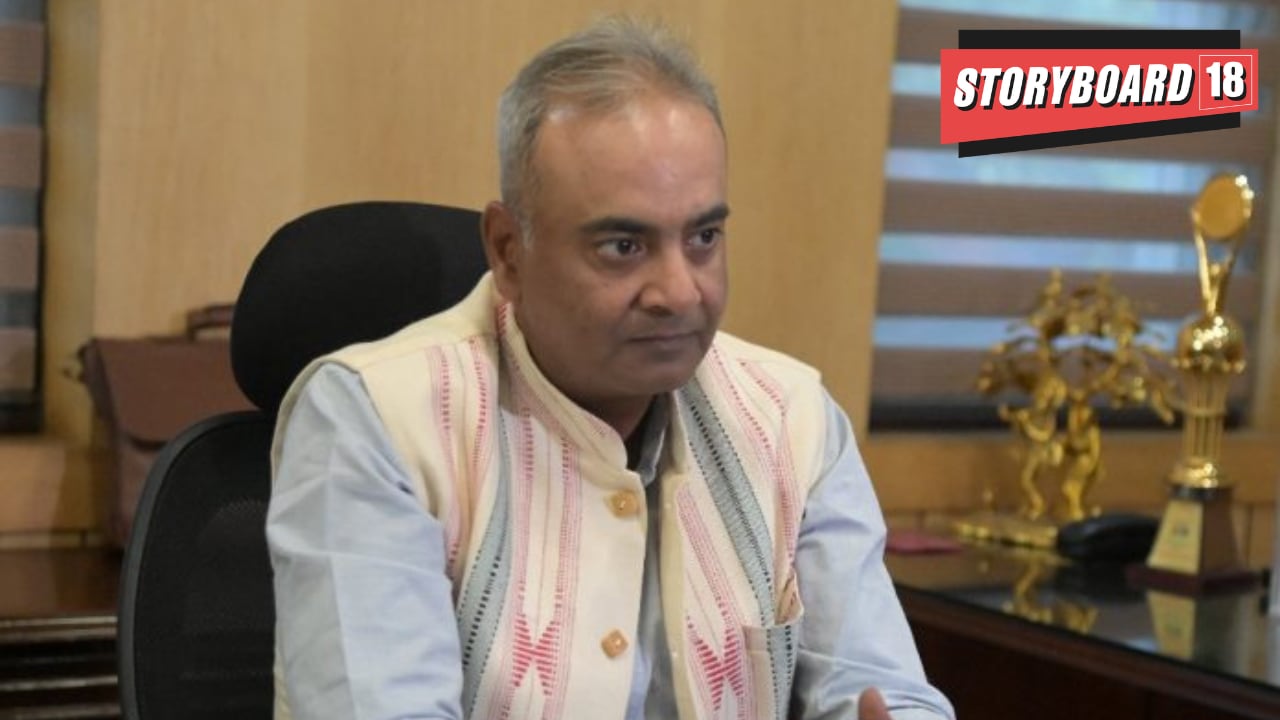The number of internet users in India is on a growth trajectory leading to a paradigm shift in the consumer preferences when it comes to content and the platforms these content are available on. Speaking at the 24th FICCI Frames in Mumbai on March 5, Prasar Bharati CEO Gaurav Dwivedi said a robust regulatory framework is the need of the hour to work with this changing landscape of content consumption.
With the media and entertainment sector projected to reach Rs 2.8 trillion in the coming year, Dwivedi, in his keynote address, emphasised the importance of a regulatory framework that considers both the diverse needs of consumers and the need for improved regulations.
Dwivedi also emphasised how the digitalisation of television and the advent of new video devices have reshaped the broadcasting ecosystem.
According to Dwivedi telecom players play an important role in this evolving space because they provide the infrastructure which is the backbone for seamless internet connectivity.
However, the shifting landscape also has its set of challenges especially the broadcasters.
His suggestion to broadcasters is that they should adapt, innovate, diversify, and engage audiences across various platforms, integrating new media to complement traditional broadcasting. Dwivedi also highlighted the need for substantial resource commitment to emerging platforms and technologies while maintaining traditional linear broadcast infrastructure.
As the market segments into Pay TV, Free TV, and Connected TV, Dwivedi pointed out the importance of addressing the distinct needs of each group for optimal monetisation. According to him, content producers, broadcasters, and distributors must tailor their strategies to these diverse platforms for effective service monetization.
